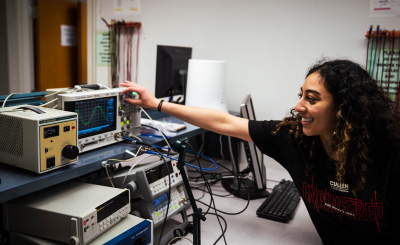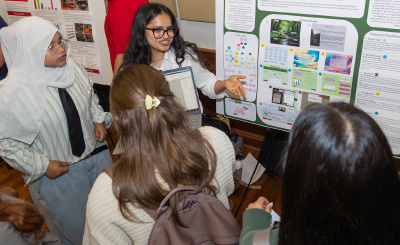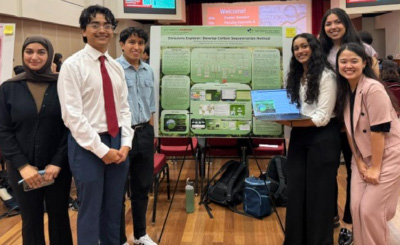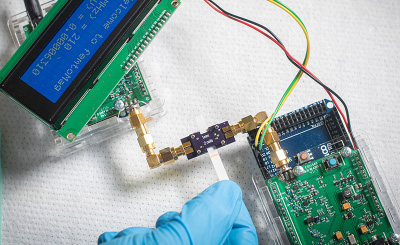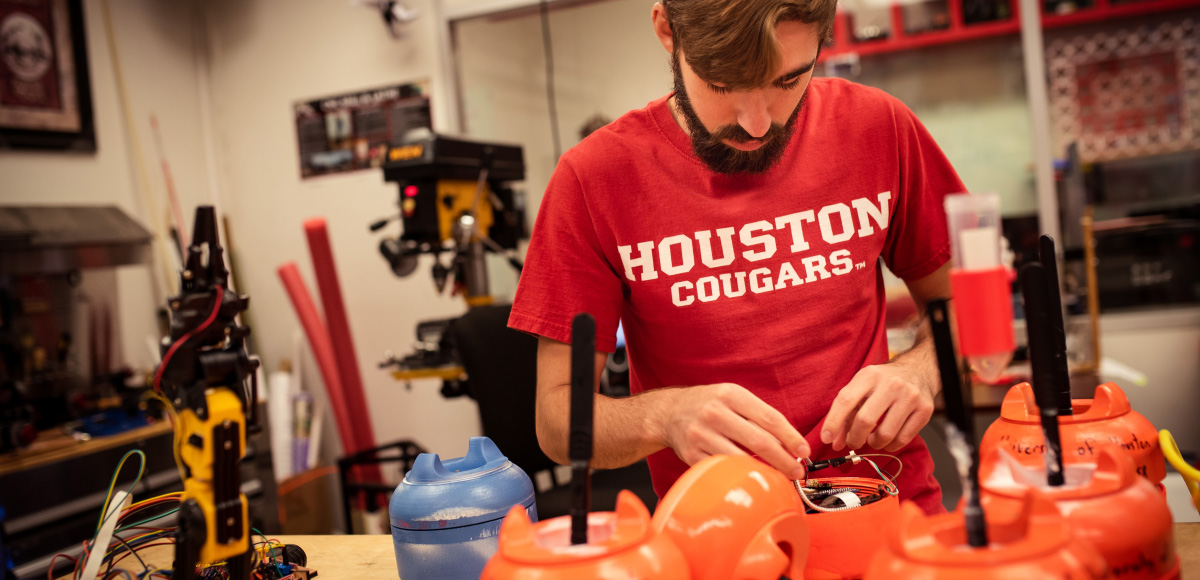

Create@UH is a program to enhance the experience for undergrads doing course-based design projects. It provides students with real-world design projects, as well as the space and equipment needed to complete their projects.
Student Resources
Design Labs/Makerspaces
Labs have equipment needed to support design project work that students can check-out and use in the lab. Safety is always the first priority in Create@UH labs. Students must complete safety training upon their first visit to a lab and consent to following all safety policies.

Room 28, Bates/TU2 (above), is available for use by all engineering undergraduate majors for course-based project work. Students enrolled in a capstone/senior design course can make a reservation to use this space.
Log-in with your CougarNet username and password, when connected via UHSecure; VPN connection required when off campus. Reservations can be one time only or recurring for the semester (no-shows for recurring reservations will be cancelled for the remaining weeks of the semester). Walk-ins are also welcome — based on space availability.
NOTE: Only students enrolled in a capstone/senior design course will automatically have access to the reservation system. Other students should see the lab assistant in the Bates/TU2 lab to request access to the reservation system.

– Yasmin Soltani, '25
Project Team Lead
Project Showcase Events
Create@UH Showcase events highlight engineering undergraduate students’ remarkable work on their design projects for an audience of alumni and industry representatives. The events are held at the end of each semester (fall and spring).
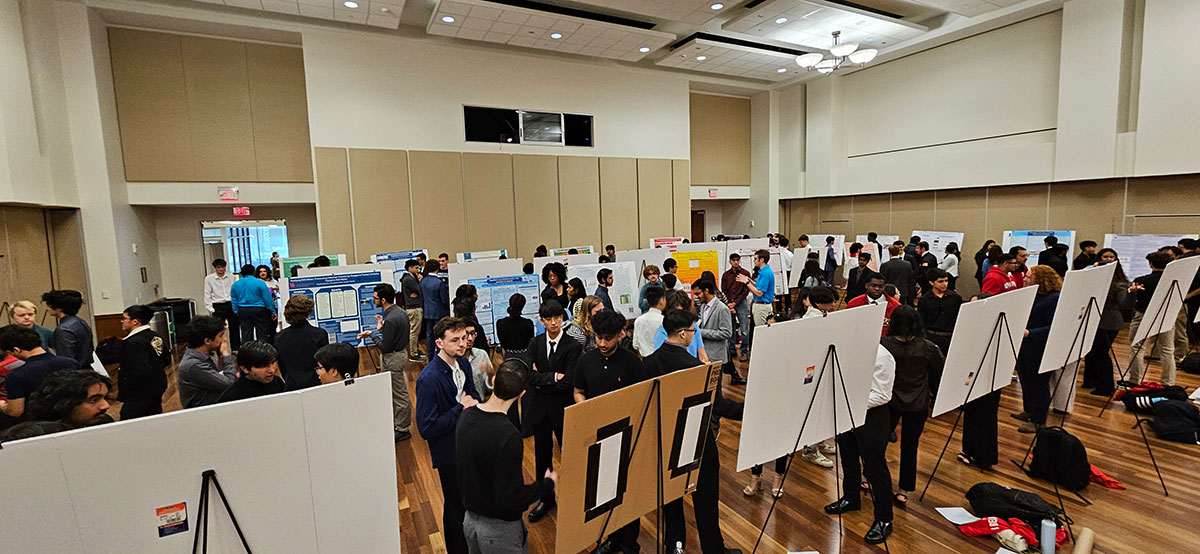
Please contact us at createuh [at] uh.edu (createuh[at]uh[dot]edu) to RSVP and/or sign-up to present your design project in the poster session, which is open to all engineering undergraduate students (all majors in the Cullen College).
Partnerships
Provide students with a valuable learning experience while helping your company solve real design challenges by sponsoring a senior design/capstone project.
- Leverage the ingenuity of UH students and faculty expertise
- Engage with and recruit UH engineering students
- Obtain project documentation, such as technical reports, drawings and design specifications, prototypes, test results and a final project report
Depending on the discipline, projects start in fall and/or spring, lasting 1-2 semesters. Project proposals are due mid-March (fall project start) and/or mid-October (spring project start).






See more information on student skills and previous projects:

– Christiana Chang, Ph.D.
Instructional Associate Professor of Mechanical and Aerospace Engineering
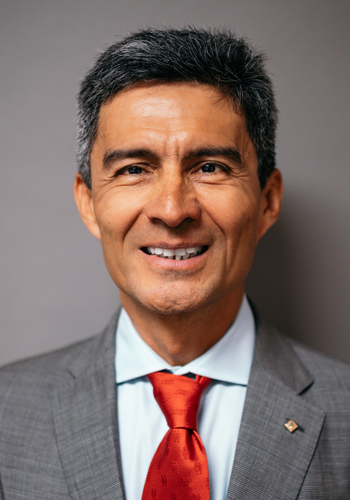
– Jose L Contreras-Vidal, Ph.D.
Cullen Distinguished Professor of Electrical and Computer Engineering
Interested in partnering with Create@UH? Complete our interest form below so we can follow-up to answer your questions and help further develop your project ideas.
If you’re interested in providing financial support to the Create@UH program, make a donation on our giving page — just select “Create@UH Program” in the “Choose Your Designation” field.
Impact
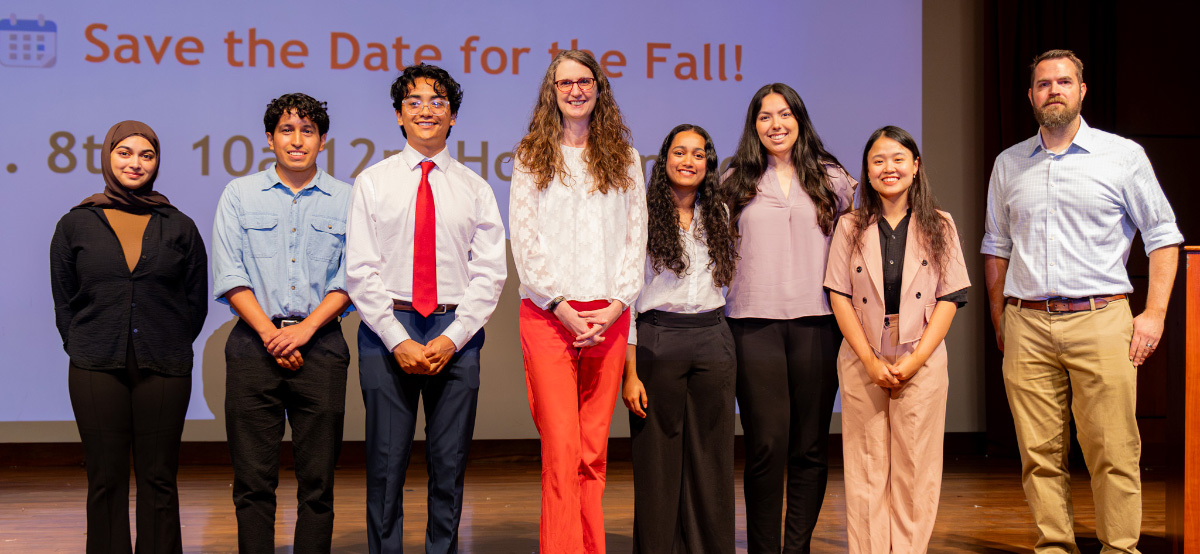
Emissions Explorer: Develop Carbon Sequestration Method
As climate change persists as a threat, carbon sequestration has become a vital strategy for reducing greenhouse emissions. This technique is the process of capturing and storing carbon dioxide from the atmosphere to help diminish global warming, and it is the focus of the audience choice award winning poster presentation, “Emissions Explorer: Develop Carbon Sequestration Method,” from the Spring 2025 NAE Grand Challenges Summit and Create@UH Showcase at the UH main campus.
The winning team consisted of Aliza Mirza, Helena Guzman, Marice Mattamana, Noah Soto, Uriel Pulido and Vi Ho, and were advised by Gulin Aksu, instructional assistant professor, and teaching assistant Shalaka Dhavalikar. They focused on carbon capture and storage (CCS) methods and carbon footprint awareness (CFA). By combining these two areas of study, they aim to educate about CCS projects and CFA while helping people understand their own personal impact and the steps that can be taken to lower global CO2 emissions, to help preserve our planet for generations to come.
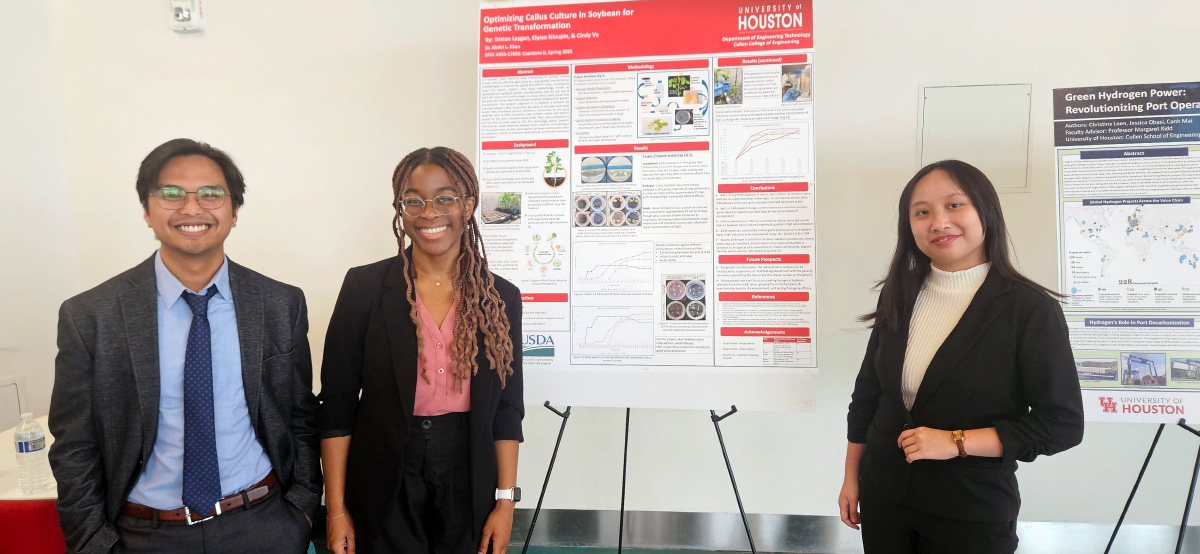
Optimizing Callus Culture in Soybean for Genetic Transformation
Plant scientists have spent decades working to combat agricultural stressors from climate change by using genetic transformation techniques to improve the quality and yield of crops. One such crop is soybean, a major U.S. export, and one such technique is Agrobacterium-mediated genetic transformation, which includes the use of plant cell culture technologies to produce callus. Callus is a plant tissue similar to human stem cells and plays an important role in genetic transformation research.
This project, by Tristan Laygan, Elysse Nioupin and Cindy Vu was the audience choice award winning poster from the Spring 2025 Create@UH Showcase at the UH Sugar Land Campus. Under the supervision of Abdul L. Khan, assistant professor of biotechnology and Suhaib Ahmed, research assistant, the project sought to establish a protocol for inducing soybean callus from key plant and seed parts, and its results have shed light on both optimal plant material sterilization techniques and optimal induction media recipes. Future project directions include the creation of transgenic soybean plantlets from the initial callus, their growth into full plants and reacclimatizing to the environment, and assessment of transgene efficiency.
